There is perhaps nothing in this world more embarrassing to an automotive journalist than to stall a car on a press event, with a drivetrain engineer in the passenger’s seat. So please, take it as a sign of this author’s sincerity and journalistic integrity when he admits that this is exactly what he did. Many, many damn times.
See, in November, parts supplier ZF invited us down to the South Carolina Technology & Aviation Center, to try out and evaluate the Porsche 911 Carrera‘s 7-speed manual transmission – a transmission designed and built by ZF. The Center is a retired and re-appropriated Army airbase which now serves as a business park, although the vast runways remain intact.
It was on one of these historic runways that we were allowed to launch the Porsche 911 Carrera and run the speedo up to our hearts’ content, unimpeded save for the ZF engineer in the passenger’s seat, and some pylons thoughtfully set up to alert us that we were in danger of driving through a solid. Even having just driven the absurdly sweet 911 Turbo S earlier in the day, this Porsche 911 Carrera was a decadent pleasure to pilot.
But beside the pylons and the ZF engineer making sure we didn’t fold the car, there was another impediment to our joy-drive: the clutch. The leftmost pedal in this manual-equipped car was firmer than a race horse’s buttocks; we shudder to think what it would be like to drive the car in bumper-to-bumper traffic, pushing Everest with your left foot, then releasing, then pushing it again to slowly inch ahead.
This would be easy to overlook on its own, but then there is the on-off nature of the pedal. Most three-pedal cars have a gradient, or a “sweep,” from engaged to disengaged, wherein the driver can feel the moment of first clutch-coupling through the pedal motion. But the stiff pedal in the Porsche 911 Carrera managed to mute any mechanical feedback, and the “sweep” from engaged to disengaged took place over the span of about a strand of hair from a race horse’s buttock.
Hence the stalling.
When this author finally got the hang of it (it’s a steep learning curve), it became obvious that clutch’s true merit lies in acceleration. Shifts require a firm hand and an even firmer foot, but the motion is so precise and, for lack of a better word, “staccato” that running up to the rev limit and banging-in the next shift is impossible to botch. The system’s very firmness is precisely what precludes any slop, in other words.
But after yours truly quit running the tach down to 0 with his foot and got in a few good quarter-mile runs, another issue became apparent. It’s the very same issue that nearly everyone seems to have with any manual possessing more than 6 forward gears; it’s easy to get lost in the shift pattern.
In a sense, it’s almost a problem without a solution, as modern efficiency standards really demand no fewer than 7 speeds from most higher-horsepower cars with a stick. But you could drive this car every day and still, only after several months, be comfortable enough with the gear tree to slap it into seventh without looking, double-checking, crossing your fingers, and holding your breath.
At the end of the day, it’s not only unessential to option the Porsche 911 Carrera with a manual transmission; it’s undesirable. If the Boxster, Cayman, and higher-performance 911 variants are the sporty, track-thirsty metal hunks in Porsche’s lineup, then the standard Porsche 911 Carrera is more grand-tourer. So by all means, take the grand tour, and let computers do the shifting for you.

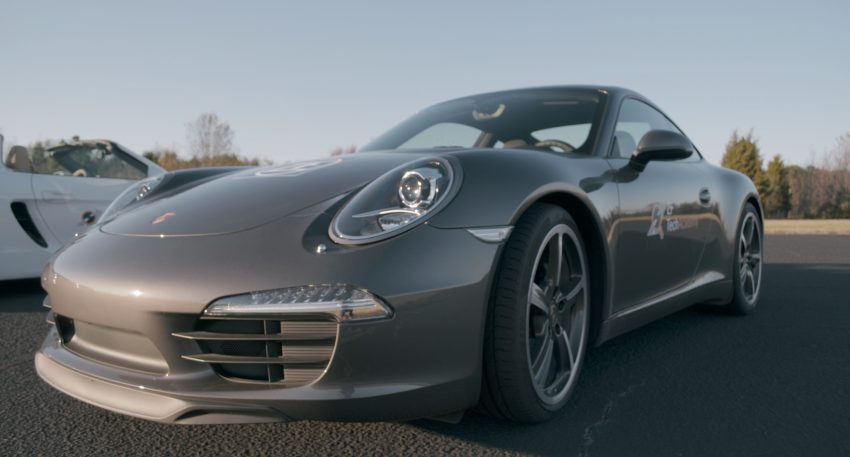

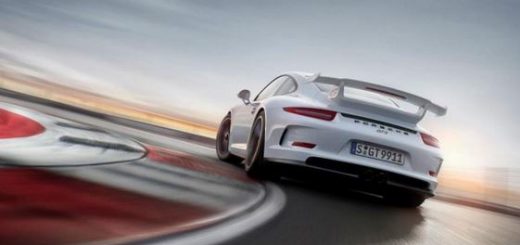
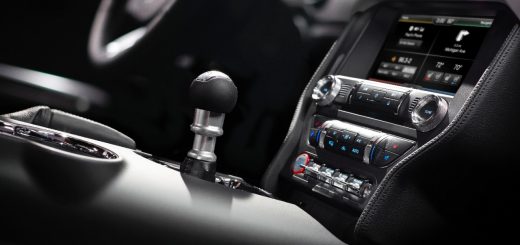
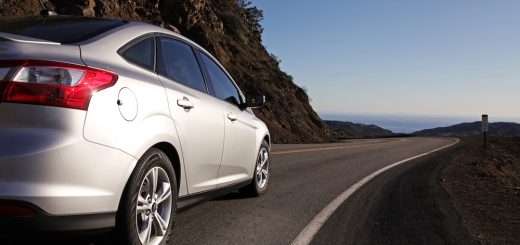

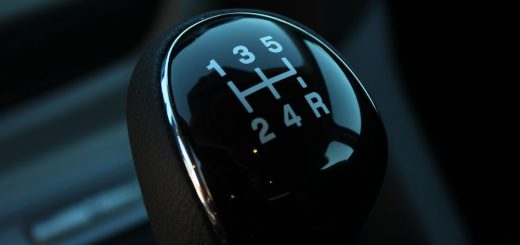






No Comments yet